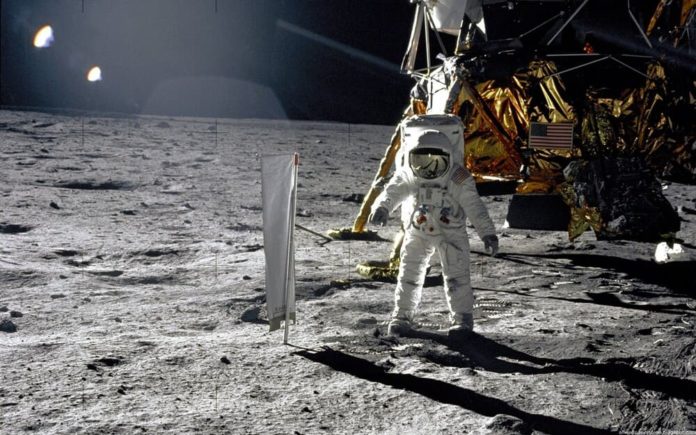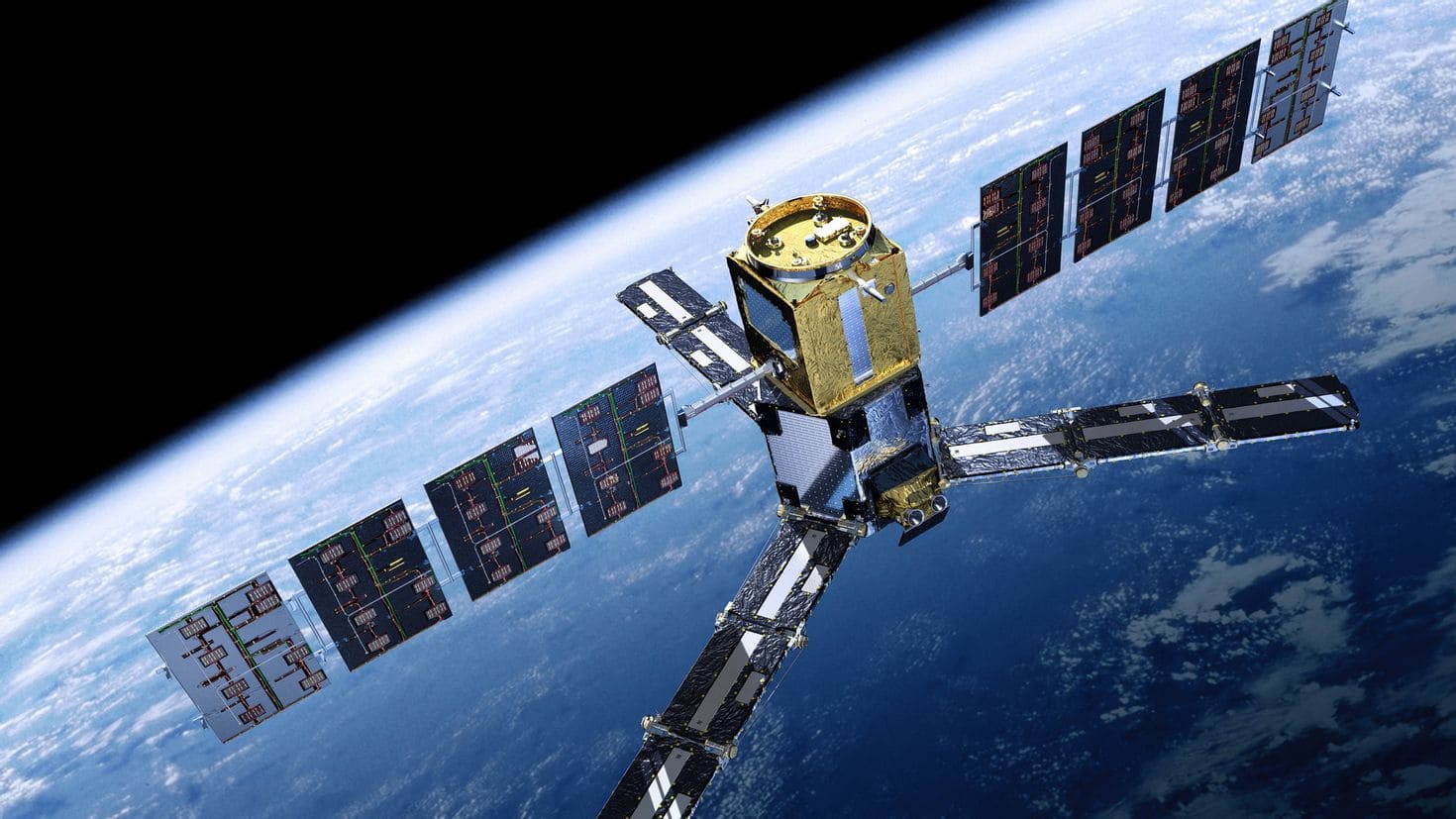The first moon landing, achieved by Apollo 11, stands as one of humanity’s most remarkable accomplishments. On July 20, 1969, astronauts Neil Armstrong and Buzz Aldrin took the first human steps on the lunar surface, while Michael Collins orbited above. This event not only marked a significant technological and scientific milestone but also symbolized human curiosity and the spirit of exploration.
The space race: context and competition
The backdrop of the Apollo 11 mission was the intense rivalry of the Cold War. The Space Race was a significant aspect of this competition, with the USA and the USSR vying for dominance in space exploration. The Soviet Union’s launch of Sputnik 1 in 1957 and the first human, Yuri Gagarin, into space in 1961, challenged the United States to achieve the extraordinary goal of landing a man on the moon.
Genesis of Apollo 11
The journey to Apollo 11 began with earlier space missions that tested the limits of human space travel. The Mercury and Gemini programs laid the groundwork by solving fundamental problems of human spaceflight. The Apollo program, initiated by President John F. Kennedy’s ambitious goal to land a man on the moon by the end of the 1960s, focused on developing the necessary technology and expertise.
The crew of Apollo 11
- Neil Armstrong: as the mission commander, Armstrong was the first human to set foot on the moon. A former naval aviator and test pilot, Armstrong’s calm demeanor and extensive experience were crucial for the mission’s success.
- Buzz Aldrin: the lunar module pilot, Aldrin, followed Armstrong onto the moon’s surface. An Air Force pilot and engineer, Aldrin’s expertise in rendezvous techniques was vital for the mission.
- Michael Collins: as the command module pilot, Collins orbited the moon while Armstrong and Aldrin explored its surface. His role was essential in ensuring the safe return of the crew.
Preparation for the mission
Preparation for Apollo 11 was meticulous and extensive. The astronauts underwent rigorous training, including simulations of the lunar surface and zero-gravity environments. Technical preparations involved countless hours of testing the spacecraft, the lunar module, and the Saturn V rocket to ensure every component functioned flawlessly.
The launch: July 16, 1969
On July 16, 1969, Apollo 11 launched from Kennedy Space Center atop the massive Saturn V rocket. The launch sequence was a marvel of engineering, propelling the spacecraft into orbit and setting it on a trajectory toward the moon. Millions of people around the world watched as the mission began its historic journey.
Journey to the Moon
The journey to the moon was fraught with challenges and required precise navigation. The astronauts had to execute complex maneuvers, including trans-lunar injection, which placed the spacecraft on its path to the moon. Throughout the trip, the crew maintained constant communication with mission control, ensuring any potential issues were addressed promptly.
The lunar module: Eagle
The lunar module, named Eagle, was a marvel of engineering designed specifically for landing on the moon. It featured two stages: a descent stage for landing and an ascent stage for returning to the command module. The descent to the moon’s surface required careful piloting to avoid obstacles and ensure a safe landing.
First steps on the Moon
As Neil Armstrong descended the ladder of the lunar module, he uttered the iconic words, “That’s one small step for man, one giant leap for mankind.” This moment was broadcast live to millions, capturing the imagination of people around the globe. Armstrong and Aldrin spent about two hours exploring the lunar surface, collecting samples, and conducting experiments.
Scientific experiments and discoveries
Apollo 11 was not just about landing on the moon; it was also a scientific mission. The astronauts deployed several instruments, including a seismometer to measure moonquakes and a retroreflector to allow precise measurements of the distance between the Earth and the moon. The samples collected provided invaluable insights into the moon’s composition and geological history.
Return journey
After completing their tasks on the lunar surface, Armstrong and Aldrin rejoined Collins in the command module. The ascent from the moon was as critical as the descent, requiring flawless execution. The return journey included re-entry into Earth’s atmosphere and a safe splashdown in the Pacific Ocean, where the crew was recovered by the USS Hornet.
Global reaction to the Moon landing
The moon landing was a global event, covered extensively by the media. People around the world celebrated this monumental achievement, and the astronauts were hailed as heroes. The success of Apollo 11 demonstrated what humanity could accomplish through determination, ingenuity, and international collaboration.
Technological and scientific legacy
The legacy of Apollo 11 extends far beyond the lunar surface. The mission spurred advances in technology, from computer science to materials engineering. The innovations developed for Apollo had widespread applications, influencing industries and everyday life. Additionally, the scientific discoveries made during the mission laid the groundwork for future space exploration.
Cultural impact and influence
Apollo 11’s impact on popular culture was profound. It inspired countless books, movies, and artworks, embedding the moon landing in the cultural consciousness. The mission also inspired generations of scientists, engineers, and explorers, fostering a spirit of curiosity and ambition that continues to drive space exploration today.
The Apollo 11 mission stands as a testament to human ingenuity, courage, and the desire to explore the unknown. It was a defining moment in history, demonstrating that with vision and determination, seemingly impossible goals can be achieved. The legacy of Apollo 11 continues to inspire and shape our understanding of space, technology, and our place in the universe.



